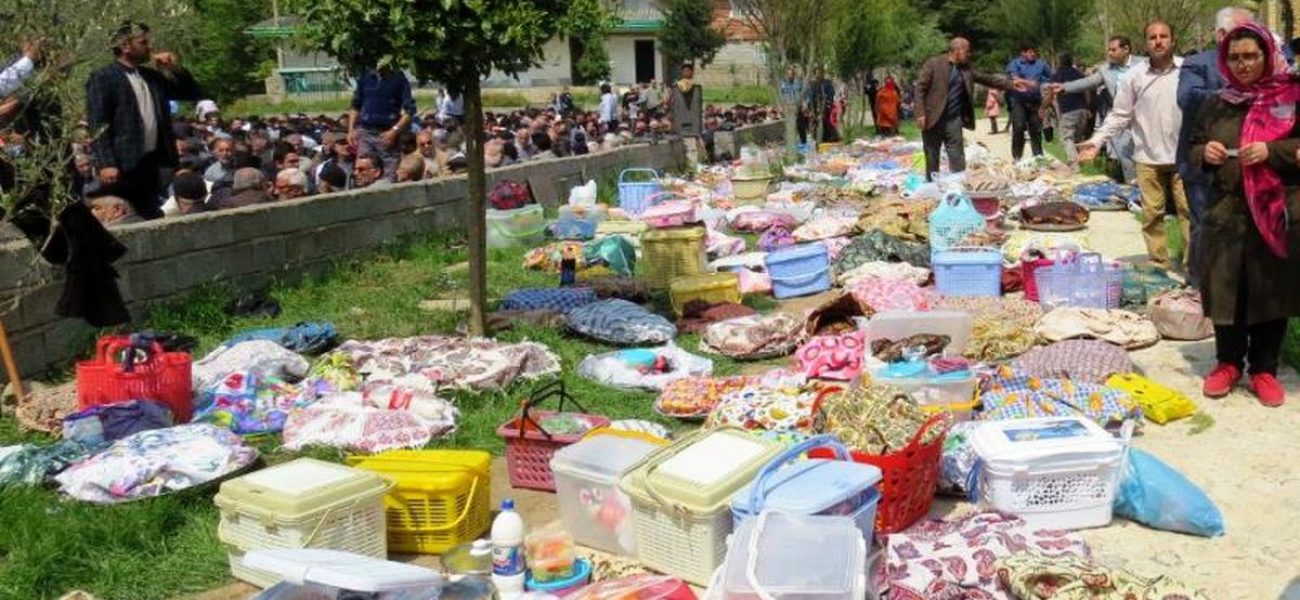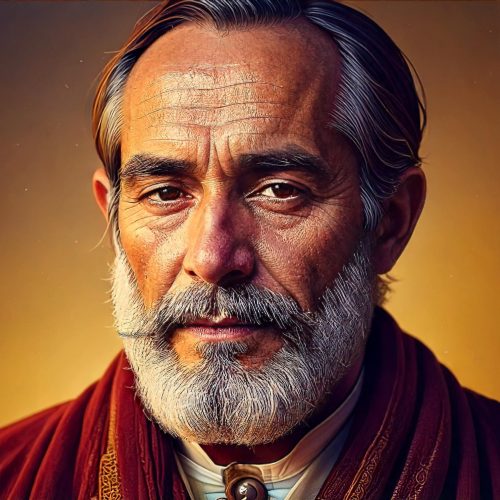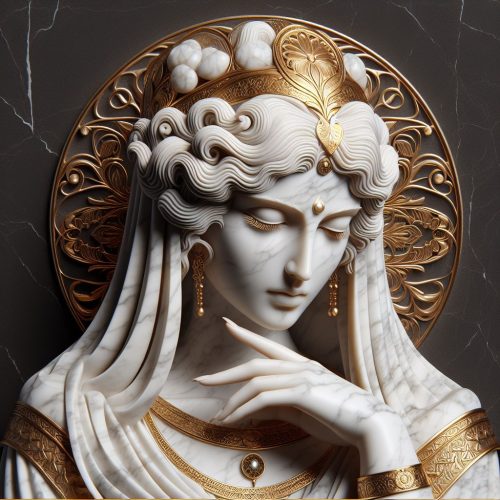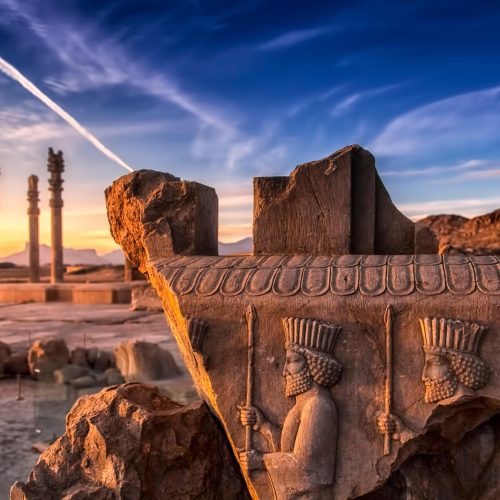Across cultures and continents, the reverence for the deceased forms a significant part of human tradition. These rituals, deeply embedded in the collective memory of societies, serve as a bridge between the living and the dead, allowing for a continued bond that transcends mortality. In this narrative, we delve into the vibrant traditions of Mazandaran in Iran and the Day of the Dead in Mexico, exploring how these celebrations reflect the cultural ethos of their respective regions. Despite the geographical distance and cultural differences, these rituals share a profound similarity in their core intent: to honor and remember the departed, weaving a tapestry of memory, love, and respect.
The Celebration of the Dead in Mazandaran
Mazandaran, a province nestled along the southern coast of the Caspian Sea, boasts a rich tapestry of traditions, many of which date back to ancient times. One such tradition is the celebration of the dead, a time-honored ritual that reflects the region’s deep-seated reverence for ancestors.
Historically, this celebration is believed to have roots in pre-Islamic customs, possibly linked to Zoroastrian rituals where the living honored the spirits of the departed. Over the centuries, these practices have evolved, incorporating Islamic elements while retaining their unique local flavor. The ritualistic homage to the dead in Mazandaran is a syncretic blend of ancient traditions and religious observances, reflecting the cultural and spiritual evolution of the region.
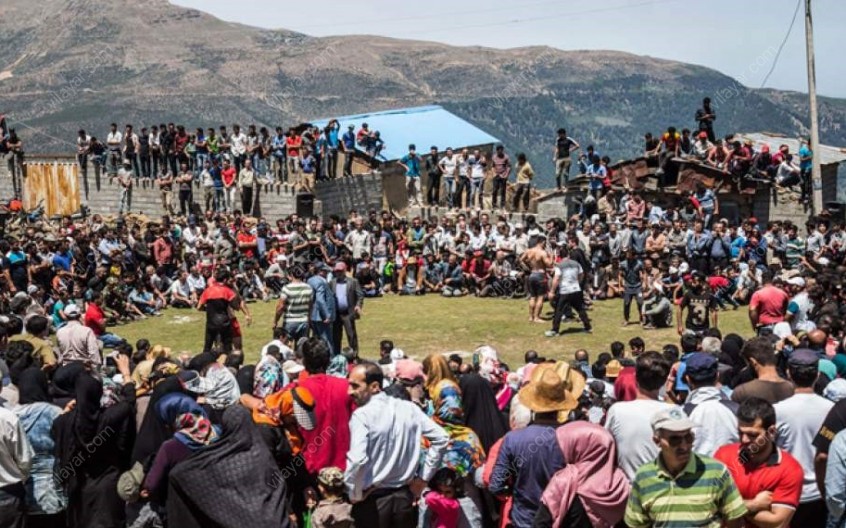
In Mazandaran, the celebration typically coincides with the arrival of autumn, a season symbolically linked to the cycle of life and death. Families prepare by cleaning and decorating the graves of their loved ones, often with flowers and candles, creating a serene and respectful atmosphere. Special foods are prepared, including traditional dishes like “Aash” (a hearty soup made with vegetables, legumes, and noodles) and “Reshteh Polo” (rice mixed with noodles and often served with meat or chicken), which are then shared among family members and the poor, symbolizing the importance of charity and communal harmony.
Central to the celebration are the “Chaharshanbe Suri” (Wednesday Feast) and “Eid e Fetr” (Festival of Breaking the Fast), which, although not exclusively linked to honoring the dead, often include elements of remembrance. During these times, families gather to recount stories of their ancestors, keeping their memories alive through oral traditions. The sound of “Dotar,” a traditional musical instrument, fills the air, its melancholic tunes echoing the collective nostalgia of the community. Dotar players, revered for their ability to convey deep emotions through music, perform ballads and epic tales that resonate with the themes of life, death, and the eternal bond between generations.
The symbolism embedded in these practices is profound. The lighting of candles represents the hope of eternal light guiding the souls of the departed, while the sharing of food underscores the bond between the living and the dead. This celebration is not just about mourning; it is a joyous remembrance that affirms the continuity of life and the enduring presence of loved ones in the hearts of the living. The act of sharing food with the needy also reflects a spiritual belief in earning blessings for the departed souls, further intertwining the themes of charity and remembrance.
Personal stories and local legends further enrich these celebrations. Tales of ancestors who performed heroic deeds or lived exemplary lives are narrated with pride, creating a sense of continuity and belonging. In small villages, where communal ties are strong, these stories often form the bedrock of local identity, passed down from generation to generation. For instance, there are legends about local heroes who protected the community from invaders or natural disasters, and their graves become sites of pilgrimage during the celebration, adorned with offerings and tributes.
The role of community and family in this celebration cannot be overstated. It is a time when familial bonds are reinforced, and the community comes together in collective remembrance. This unity is seen in the collaborative efforts to clean and decorate graves, the sharing of food, and the communal prayers that resonate with a shared sense of purpose and reverence. The preparation for the celebration often involves days of communal activities, where neighbors and extended family members come together to cook, clean, and decorate, fostering a strong sense of solidarity and mutual support.
Additionally, the celebration includes specific rituals that vary from one village to another, reflecting the rich diversity within Mazandaran itself. In some areas, it is customary to hold a “Khatm” (recitation of the Quran) at the gravesite, where the community gathers to read the holy text in honor of the deceased. This ritual not only provides spiritual solace but also reinforces the communal aspect of the celebration, as neighbors join in prayer and reflection.
Moreover, the natural landscape of Mazandaran, with its lush forests, rolling hills, and serene coastline, adds a unique dimension to the celebration. Many families take the opportunity to visit natural sites believed to be sacred or spiritually significant, combining their remembrance rituals with a deep appreciation for the natural beauty that surrounds them. This connection to nature is deeply embedded in the cultural psyche of Mazandaranis, who often view the environment as an integral part of their spiritual and cultural heritage.
The celebration of the dead in Mazandaran is a multifaceted tradition that blends ancient customs, religious practices, and communal values. It is a testament to the region’s rich cultural heritage and the enduring importance of remembering and honoring the deceased. Through storytelling, music, food, and communal activities, the people of Mazandaran maintain a living connection with their ancestors, ensuring that their memories continue to inspire and guide future generations.Top of FormBottom of Form
Day of the Dead in Mexico
Across the ocean in Mexico, the Day of the Dead (Día de los Muertos) stands as a vibrant and colorful celebration of life and death, deeply rooted in indigenous traditions that predate the Spanish conquest. This festival, held annually from October 31 to November 2, is a UNESCO-recognized cultural heritage that beautifully blends indigenous beliefs with Catholic traditions introduced by Spanish colonizers.
The origins of the Day of the Dead trace back to the Aztec civilization, where death was seen not as an end but as a natural part of the cycle of life. The Aztecs honored their dead with month-long festivities, believing that the spirits of the deceased would return to the earthly realm to be with their loved ones. Over time, these customs merged with the Catholic All Saints’ Day and All Souls’ Day, giving birth to the contemporary Día de los Muertos. These syncretic traditions showcase the cultural resilience and adaptability of Mexican society, highlighting the enduring influence of indigenous practices.
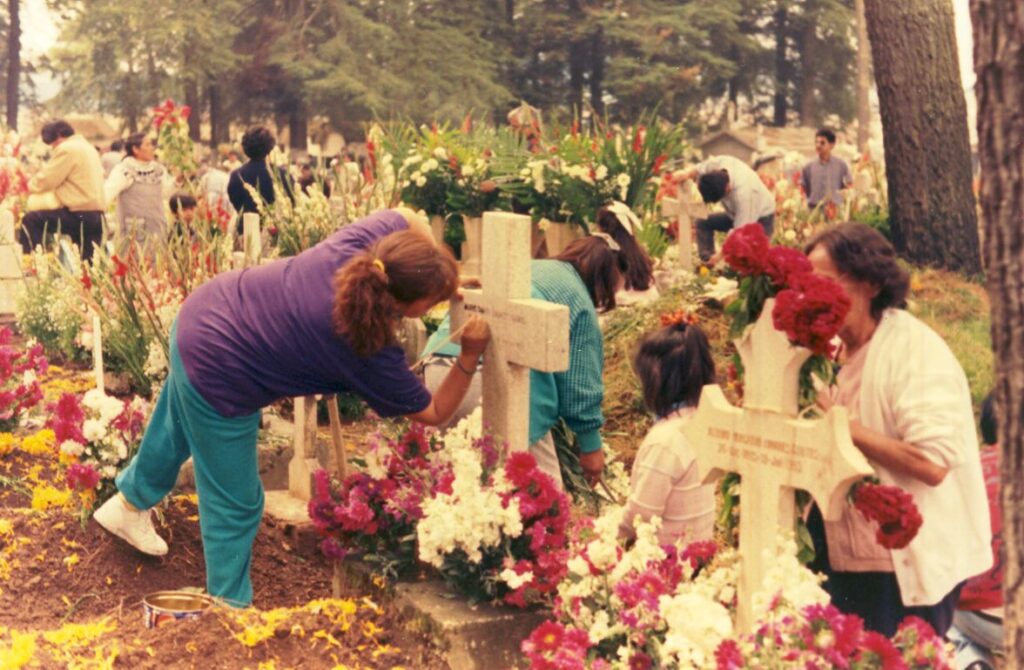
Rituals and customs during this celebration are marked by their vibrancy and symbolism. Families create “ofrendas” (altars) in their homes and cemeteries, adorned with photographs, marigold flowers (cempasúchil), candles, and favorite foods of the departed. These altars serve as beacons to guide the souls back to the world of the living. The marigold, with its bright orange hue, symbolizes the fragility and beauty of life, while the scent is believed to attract the spirits. The altars often include “pan de muerto” (bread of the dead), a special sweet bread decorated with bone-shaped designs, and “calaveras de azúcar” (sugar skulls), which bear the names of the deceased, emphasizing the personal and intimate nature of the remembrance.
Another iconic element of this celebration is the “calavera” (skull), often depicted in sugar skulls (calaveras de azúcar) and face paintings. These skulls are not morbid but rather whimsical and colorful, reflecting a joyous acceptance of mortality. The “La Catrina” figure, a skeleton dressed in elegant clothes, further embodies this playful engagement with death, reminding people to live life fully. Created by artist José Guadalupe Posada, La Catrina has become a national symbol, representing both the universality of death and a critique of the social aspirations of the Mexican elite.
Personal stories and legends abound during this time, with families sharing memories of their ancestors, ensuring that their legacies endure. The community aspect is equally significant, with public parades, music, and dances creating a lively atmosphere. In towns like Oaxaca and Mexico City, the streets come alive with processions, mariachis, and traditional dancers, all contributing to a festive yet poignant commemoration. These public celebrations often feature large, elaborate ofrendas in town squares, where community members collectively honor famous historical figures, local heroes, and loved ones.
The role of community and family in the Day of the Dead is central. It is a time when families reunite, not just with each other but with their ancestors. The preparation of altars, the cleaning of graves, and the communal feasting all reinforce the bonds that tie individuals to their cultural and familial roots. It is a celebration of continuity, where the past, present, and future converge in a vibrant tapestry of remembrance.
Throughout Mexico, regional variations add unique flavors to the celebration. In the state of Michoacán, the Purepecha people perform a night-long vigil at the gravesites, illuminated by thousands of candles, creating a mesmerizing and serene atmosphere. In the Yucatán Peninsula, the Mayan people celebrate “Hanal Pixan,” a similar tradition that includes the preparation of “pib,” a special type of tamale cooked in an underground oven. These regional practices highlight the rich cultural diversity within Mexico, each adding depth and meaning to the overarching celebration of the dead.
The influence of the Day of the Dead has also transcended Mexican borders, becoming a symbol of Mexican culture and identity globally. This can be seen in the increasing popularity of the celebration in the United States, particularly in areas with large Mexican-American communities. Additionally, the global recognition and fascination with the Day of the Dead have been further fueled by popular media, such as the animated film “Coco,” which beautifully depicts the celebration’s significance and rituals, bringing its rich traditions to an international audience.
In essence, the Day of the Dead is a celebration of life, a time to honor and remember the deceased with love and joy. It is a profound reflection of Mexican culture’s ability to embrace death as an integral part of the human experience, transforming it into a vibrant, colorful, and heartfelt tradition that celebrates the continuity of life and the enduring bonds of family and community.
Comparing the Two Celebrations
Despite the geographical and cultural differences, the celebrations of the dead in Mazandaran and Mexico share remarkable similarities. Both traditions emphasize the importance of remembering and honoring ancestors, reflecting a deep-seated belief in the continuity of life and the enduring presence of the deceased in the lives of the living.
In both cultures, food plays a significant role, symbolizing hospitality and the sustenance of bonds between the living and the dead. Whether it is the traditional dishes prepared in Mazandaran or the favorite foods placed on Mexican altars, these offerings signify love, respect, and a desire to connect with the departed.
The use of symbolic objects is another commonality. Candles and flowers are central to both celebrations, representing light, hope, and the transient beauty of life. In Mazandaran, the melancholic tunes of the Dotar, and in Mexico, the vibrant mariachis, serve to evoke memories and emotions, creating a sensory link to the past.
However, there are also notable differences. The Day of the Dead in Mexico is characterized by its public, communal festivities, with parades and public displays of altars, whereas the celebration in Mazandaran is more private and family-oriented. The Mexican celebration’s incorporation of indigenous and Catholic elements results in a more syncretic festival, while Mazandaran’s rituals remain closer to their Islamic and pre-Islamic roots.
Ultimately, both celebrations highlight the universal human desire to honor and remember the dead, providing a space for reflection, remembrance, and connection. They remind us that despite our cultural differences, the need to remember and celebrate our ancestors is a shared human experience, transcending boundaries and bringing people together in a collective act of reverence and love.
The celebrations of the dead in Mazandaran and Mexico are profound expressions of cultural identity and human connection. They serve as poignant reminders of the importance of remembering our ancestors, celebrating their lives, and acknowledging their lasting impact on our own. These rituals, rich in symbolism and emotion, highlight the universal nature of mourning and remembrance, underscoring the enduring power of tradition in keeping the memories of the departed alive. As we explore these celebrations, we are reminded of our shared humanity and the timeless bonds that connect us all.

